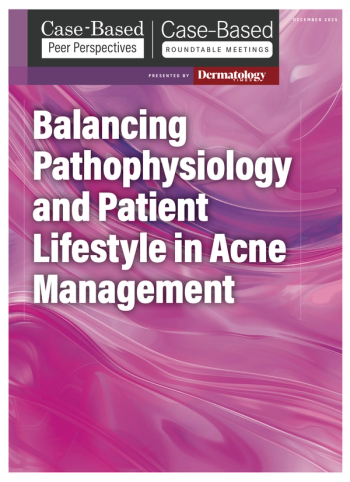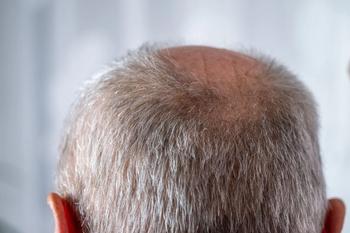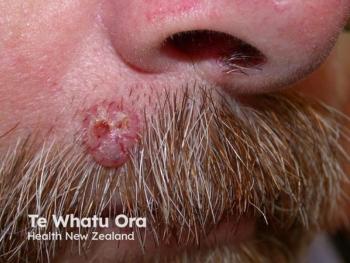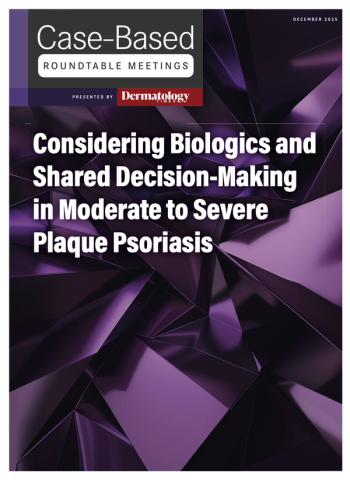
Study Supports Dual Approach for Treatment-Resistant Vitiligo
Key Takeaways
- Combining PRP with fractional laser therapy significantly improves repigmentation and patient satisfaction in vitiligo treatment compared to monotherapies.
- The synergistic effect is due to complementary mechanisms: PRP enhances cellular processes, while lasers facilitate deeper penetration.
Discover the promising efficacy and safety of combining platelet-rich plasma with fractional laser therapy for treating vitiligo in adults.
Vitiligo remains a challenging pigmentary disorder for many clinicians, with existing therapies often yielding suboptimal results, especially in patients with stable, treatment-resistant lesions. As traditional options like topical corticosteroids, calcineurin inhibitors, phototherapy, and grafting procedures continue to present limitations, attention has turned toward regenerative techniques.1 Recent research offers compelling support for the combined use of platelet-rich plasma (PRP) and fractional laser therapy, suggesting a promising treatment modality for enhancing repigmentation outcomes.2
Overview of Recent Evidence
A recent 2025 systematic review and meta-analysis published in the Journal of Cosmetic Dermatology analyzed 7 randomized controlled trials (RCTs) involving 366 adult patients with vitiligo. The study evaluated the efficacy and safety of PRP combined with fractional laser therapy compared to monotherapies (PRP or fractional laser alone), topical agents, sun exposure, and fractional laser plus narrowband ultraviolet B (NB-UVB).
The meta-analysis demonstrated that the combination therapy significantly outperformed control interventions in terms of mean grade of repigmentation (mean difference [MD] = 1.58, p < 0.01) and patient satisfaction (MD = 1.87, p = 0.0001). Additionally, the combination significantly reduced the rate of non-responders (risk ratio [RR] = 0.54, p = 0.02) without increasing the incidence of adverse events (RR = 0.86, p = 0.17).
Mechanistic Rationale
From a dermatologic standpoint, this combination therapy is grounded in complementary mechanisms. Fractional lasers—predominantly ablative CO₂ and erbium:YAG types—induce controlled dermal injury that promotes local cytokine release, enhances melanocyte activity, and improves the penetration of intradermal agents. PRP, an autologous concentrate rich in growth factors such as PDGF, VEGF, and TGF-β, fosters cellular proliferation, migration, and differentiation, potentially reactivating melanogenesis in hypopigmented lesions.
The synergistic effect is likely attributable to laser-induced dermal remodeling that creates microchannels, facilitating the deeper diffusion and sustained action of PRP. Furthermore, PRP may mitigate laser-induced inflammation and promote faster recovery, thus improving overall tolerability and patient compliance.
Clinical Implications
For clinicians managing vitiligo patients who are nonresponsive to standard therapy, this combined approach offers a viable, evidence-supported alternative. While the individual effects of PRP or laser alone may be modest, their combination appears to offeramplified outcomes without additionalsafety concerns. Most reported adverse effects—erythema, pain, transient hyperpigmentation—were mild and self-limiting.
However, subgroup analyses within the meta-analysis suggest the superiority of the combination over fractional laser alone but not conclusively over PRP alone. This ambiguity reinforces the need for further clarification of the dominant therapeutic mechanism and individualized treatment planning.
Limitations and Considerations
The meta-analysis also underscores key limitations:
- All included RCTs were conducted in Egypt or India, raising concerns about applicability to diverse skin phototypes and ethnic populations.
- Protocols varied significantly in terms of laser parameters (energy density, pulse duration) and PRP preparation (centrifugation technique, platelet concentration), highlighting the absence of standardization.
- Follow-up durations were typically short (<6 months), limiting insight into long-term pigment stability.
- Clinicians should be cautious when generalizing these findings, particularly for Fitzpatrick skin types I–III or patients with segmental vitiligo, which were underrepresented.
Future Directions
To integrate this combination therapy into broader clinical practice, additional multicenter, double-blind RCTs with longer follow-up periods and standardized methodologies are needed. Investigating biomarkers predictive of response, histological changes in melanocyte density, and quality-of-life metrics will also enrich clinical applicability. Comparative studies directly evaluating PRP versus fractional laser versus their combination would further clarify the optimal therapeutic strategy.
Conclusion
Recent research provides growing support for the combined use of PRP and fractional laser therapy in vitiligo treatment. For clinicians, this modality represents a promising addition to the therapeutic armamentarium, especially in patients with stable, refractory lesions. While more robust data are needed to establish standardized protocols and confirm long-term benefits, this combination warrants consideration in clinical decision-making based on current evidence.
References
- Searle T, Al-Niaimi F, Ali FR. Vitiligo: an update on systemic treatments. Clin Exp Dermatol. 2021;46(2):248-258. doi:10.1111/ced.14435
- Feng X, Jiang S, Zou X, Deng Y, Xie J. Efficacy and safety of combined platelet-rich plasma with fractional laser for adult patients with vitiligo: A systematic review and meta-analysis of randomized controlled trials. J Cosmet Dermatol. 2025;24(5):e70245. doi:10.1111/jocd.70245
Newsletter
Like what you’re reading? Subscribe to Dermatology Times for weekly updates on therapies, innovations, and real-world practice tips.


















